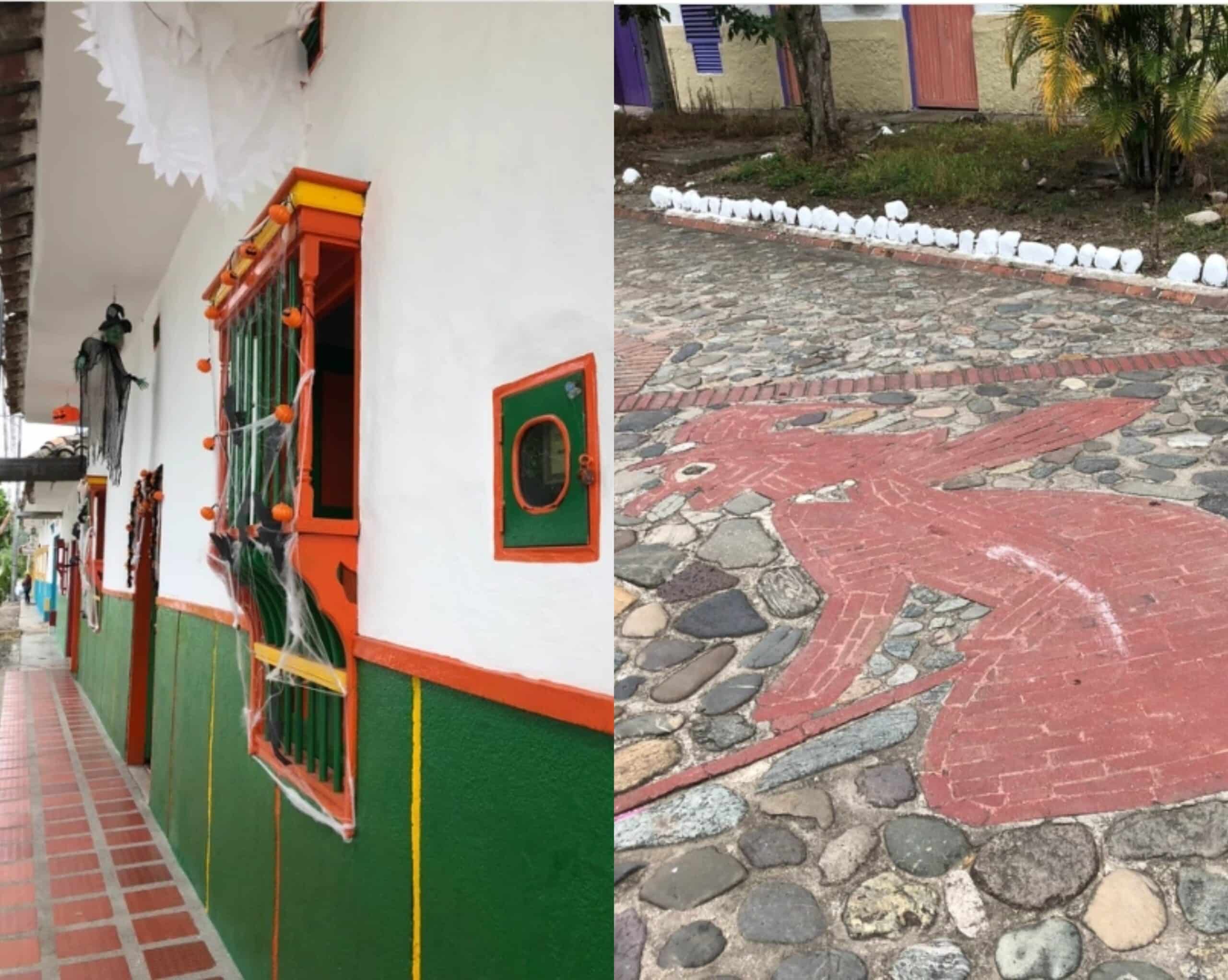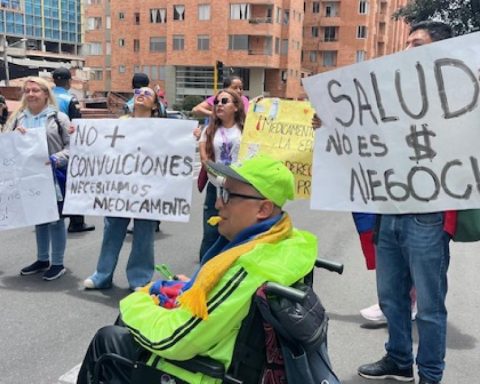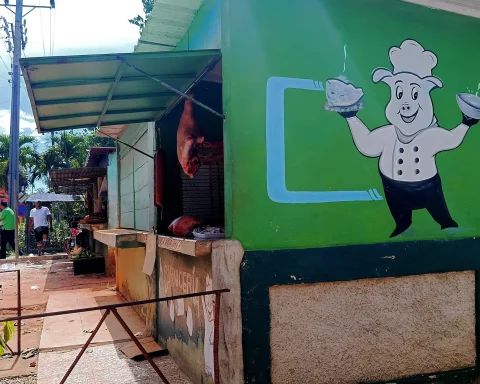Let’s explore some of these towns where witches seem to have left their indelible mark.
News Colombia.
In Colombia, a country rich in myths and legends, there are places where beliefs in witches and witchcraft are not only part of oral tradition, but are part of the cultural identity of the people.
These towns, marked by dark tales and spells, continue to attract curious people and believers from all over the country.
Among these, the following stand out:
Quimbaya, Quindio
The Village of Witches, located in the heart of the Coffee Axis, Quimbaya is famous not only for its coffee, but for its stories of witchcraft that have survived over the centuries.
According to local legends, witches would gather on the tops of the mountains surrounding the village to carry out their dark rituals. It is said that even today, on nights with a full moon, it is possible to hear their chants and see strange lights in the sky.
Many residents claim to have seen mysterious shadows and disturbing presences that cannot be explained.
Cartago, Cauca Valley
Tierra de Hechiceras, known as “La Villa de Robledo”, is also a place where stories of witchcraft and sorceresses are common.
This municipality in Valle del Cauca has been the scene of stories where older women, known as “witches,” are accused of making pacts with the devil and performing love spells and curses. On its streets, there is talk of mysterious “works” that have resulted in unexplained illnesses or the separation of couples.
These stories have been passed down from generation to generation, fueling the mysticism surrounding this place.
Honda, Tolima
The Pueblo de las Embrujadas, located on the banks of the Magdalena River, is another town full of stories of witchcraft. Here, the most famous witch is “La Loca Margarita,” a woman who, according to legend, was condemned to live as a wandering soul for having practiced witchcraft.
It is said that Margarita was able to fly at night, terrifying the town’s inhabitants.
To this day, locals say that her spirit roams the streets of Honda, especially on stormy nights, when heartbreaking screams can be heard coming from the old house where she lived.
San Antonio de Palmito, Sucre
The Town Where Witches Dance, San Antonio de Palmito is a small town in the department of Sucre, known for its deep-rooted beliefs in witchcraft.
Here, stories of witches turning into animals to deceive their victims are common.
The most famous legend is that of “The Witch of Palmito”, who, according to locals, used to transform her body into a giant owl to watch over the inhabitants and cast spells against them.
In this town, beliefs in witchcraft are so strong that during certain festivities rituals are performed to protect the community from these dark beings.
Mompox, Bolivar
The Witches’ Sanctuary, Mompox, a colonial gem located in the department of Bolívar, is not only known for its architecture and history, but also for its tales of witchcraft. This town has been immortalized in Colombian literature as a place full of mystery and magic.
Here, stories of witches mix with reality, especially in cemeteries, where witches are said to go to collect bones for their potions.
The people of Momposi believe that witches have the power to control people’s destiny and that, in exchange for offerings, they can grant favors or cast curses.
The Jagua
In the department of Huila, Colombia, there is a small and enigmatic town known as Las Brujas, located in the municipality of La Jagua. This place has gained its reputation due to the numerous stories of witchcraft and supernatural events that have circulated for generations among its inhabitants.
Local legends speak of women with mystical abilities who practiced ancestral rituals and manifested themselves through inexplicable phenomena, which has kept the mystery around this corner of Huila alive.
Read also:
The streets of Las Brujas are imbued with a mystical atmosphere that attracts curious people and tourists in search of paranormal experiences.
At night, the mist that envelops the town seems to be a silent witness to the stories told by the oldest inhabitants of the place, who claim to have seen strange figures and shadows that roam the surrounding mountains. Despite the fear that these legends can instill, they have also given the town a unique tourist attraction, where the occult and the mystical are part of everyday life.
Today, Las Brujas is more than just an enigmatic name; it is a symbol of Huila’s rich oral and cultural tradition. Although modernity has caught up with La Jagua, the mystery of its famous town lives on, a reminder of how beliefs and legends can shape a community’s identity.
For many, visiting this place is to enter a world where reality and the supernatural intertwine, creating a unique atmosphere that leaves no one indifferent.
More on the topic:

















